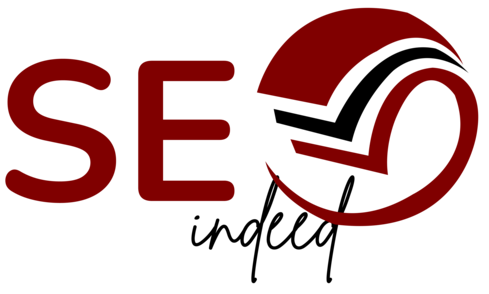Unraveling the Impact: Google’s Core Algorithm Update
In the ever-evolving landscape of the digital realm, staying ahead of the curve is paramount for businesses and webmasters alike. Google, the ubiquitous search engine that shapes the online experience for millions, has once again stirred the waters with its October 2023 Core Algorithm Update. In this blog post, we delve into the intricacies of this update, exploring its implications on search rankings, user experience, and the strategies necessary for adapting to the changes.
Understanding the Core Algorithm Update:
Google’s core algorithm updates are designed to enhance search quality by refining how the search engine interprets and ranks content. The October 2023 update is no exception, promising significant adjustments to the way Google evaluates and ranks web pages. While the exact details of the algorithm remain shrouded in mystery, industry experts speculate on various factors that may be influencing this change.
Key Changes and Features:
- User Experience Takes Center Stage:
- Google’s commitment to prioritizing user experience continues with this update. Pages that offer a seamless, user-friendly experience are likely to be favored in search rankings.
- Elements such as page speed, mobile responsiveness, and overall usability are expected to carry more weight in the evaluation process.
- Content Relevance and Quality:
- The relevance and quality of content have always been crucial factors in Google’s algorithm, but the October 2023 update may bring about refinements in how content is assessed.
- High-quality, authoritative content that answers user queries effectively is expected to receive a boost in rankings.
- E-A-T (Expertise, Authoritativeness, Trustworthiness):
- Google has been emphasizing E-A-T for some time, and the new update may place even more emphasis on these factors.
- Websites that demonstrate expertise, authoritativeness, and trustworthiness in their content are likely to see positive impacts.
- Visual Search and Rich Media:
- The significance of visual content in search results is on the rise. Websites that incorporate rich media such as images, videos, and interactive elements may see improved visibility.
- Alt text, image optimization, and video transcripts are likely to play a more prominent role.
Adapting to the Changes:
- Audit and Optimize Your Content:
- Conduct a comprehensive audit of your website’s content, ensuring it aligns with the latest SEO best practices.
- Optimize for relevant keywords and ensure that your content provides value to users.
- Prioritize User Experience:
- Invest in improving your website’s user experience, focusing on factors like page speed, mobile responsiveness, and overall usability.
- Test your website across different devices to ensure a seamless experience for all users.
- Enhance E-A-T Signals:
- Strengthen your website’s expertise, authoritativeness, and trustworthiness by showcasing credentials, certifications, and authoritative content.
- Ensure that your content is accurate, well-researched, and attributed to credible sources.
- Embrace Visual and Interactive Content:
- Incorporate visual elements, such as high-quality images and videos, to enhance the appeal and engagement of your content.
- Implement best practices for image and video optimization to improve visibility in visual search results.
As Google’s Core Algorithm Update unfolds, website owners and digital marketers find themselves at a pivotal juncture. Adapting to these changes requires a holistic approach. It encompasses content optimization, user experience, and a commitment to delivering valuable, trustworthy information. By staying informed and proactively adjusting strategies, businesses can navigate the evolving digital landscape and maintain their visibility in Google’s search results.


